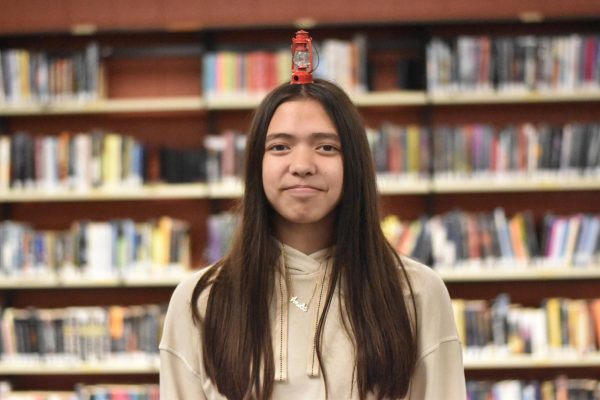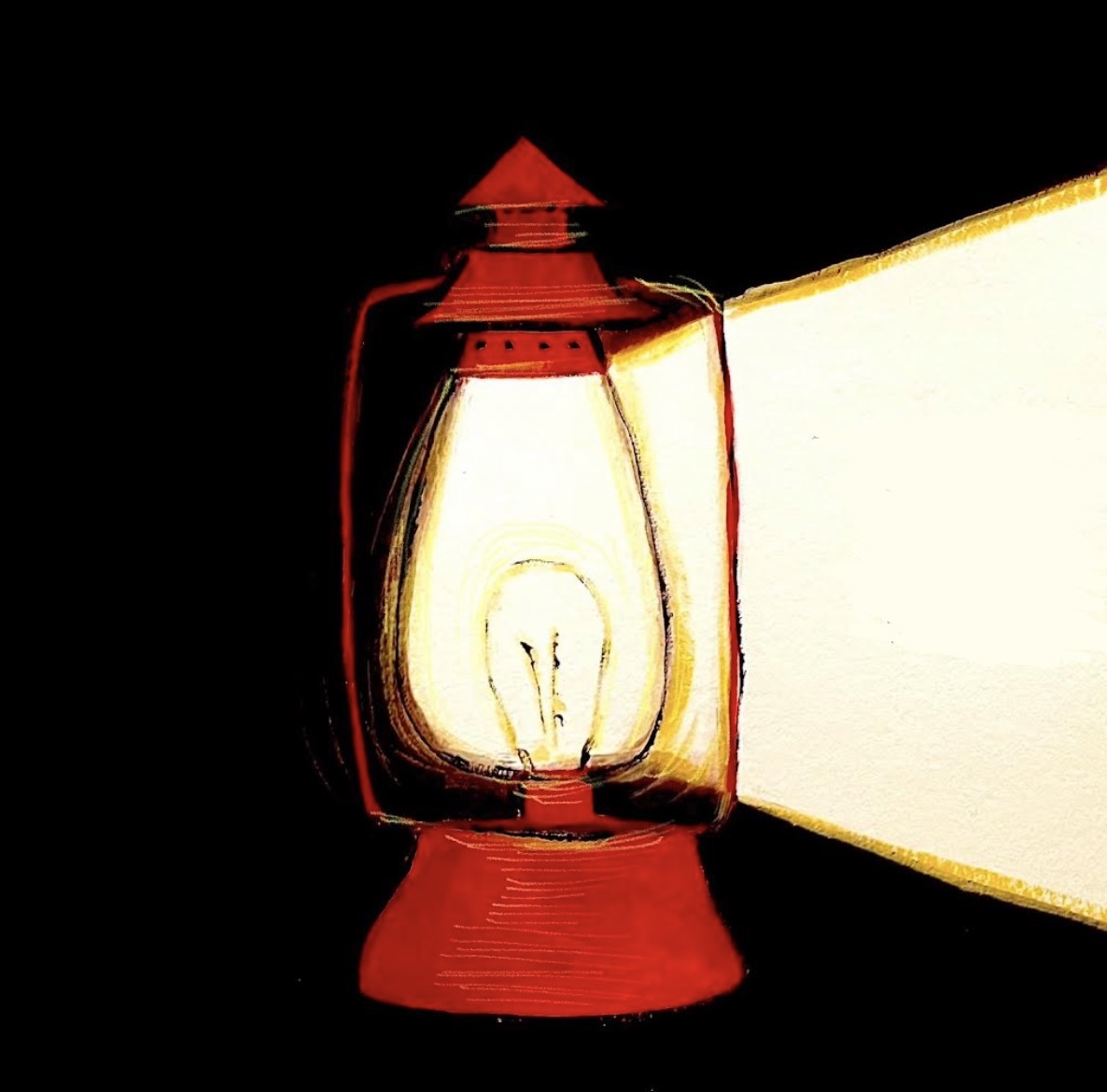Past the door of Mrs. Klapperich’s small sixth-grade social studies classroom, an exhibit of posters created by students illustrates multiple different black role models for February. In rural areas like Cannon Falls, where, according to the Minnesota Dept. of Education, 5 students, or one-half of one percent of the district’s students identify as African American, students are scarcely exposed to racial injustice, and Black History Month serves as a way for children to learn about those issues. The second month of each year holds a special part in America’s society. Black History Month has been celebrated for nearly 50 years, and its sole purpose is to honor the accomplishments of African-Americans in history. The display showcases a small fraction of the luminaries who have had an impact on today’s world, but remarkably honors what they have accomplished.
According to National Geographic, the start of Black History Month dates back to 1915, when the Association for the Study of Negro Life and History was founded by Carter G. Woodson. After eleven years, the group went further, and designated the second week of February as Negro History Week. In 1976, president Gerald Ford lengthened the celebration to a month in order to appreciate the accomplishments of African Americans in U.S. history. As reported by the History Channel, every American president has given a specific theme to each celebration. This year, the theme is African Americans and the Arts, which commemorates the influence of black artists in different kinds of literature, fashion, music, and more. However, the month acknowledges countless other influential African Americans who have contributed to the making of our society.
The majority of the strong leaders are activists, such as Martin Luther King Jr., Ruby Bridges, Amanda Gorman, Rosa Parks, Muhammad Ali, and Harriet Tubman. There is also a selection of abolitionists, including Sojourner Truth, Frederick Douglass, and again, Harriet Tubman. Of course, there is Barack Obama and Kamala Harris, both of whom have had executive roles. Obama was the 44th American President, and Kamala Harris is the current vice president — also, the first woman vice president of the U.S. A small range of female and male athletes also appear in the written group: Wilma Rudolph, Jackie Robinson, Jesse Owens, Michael Jordan, and former tennis player Serena Williams. Authors like Booker T. Washington and Carter G. Woodson are also taken into account, similar to poets Maya Angelou and Amanda Gorman. Philanthropists Madam C.J. Walker and Mary McLeod Bethune are included for their good deeds for others’ welfare. American engineer Mae Jemison is quite notable as well, furthermore, Kathrine Johnson, an American mathematician, is a significant figure in the following and previous beloved celebrities. American agriculture scientist and inventor George Washington Carver is noted — and don’t mistake him for the first U.S. president, George Washington. Motivational television host and producer Oprah Winfrey is certainly included in the list of amazing icons. And the last person on this list is the black magician Henry “Box” Brown.
There are some certain members of this list who have been more widely acknowledged among students in the country. Aubry Conway, a junior at Cannon Falls High School, recognizes four certain black leaders from history: Frederick Douglass, Martin Luther King Jr., Booker T. Washington, and Maya Angelou. All four were extremely important figures in the making of U.S. history as authors, activists, and abolitionists.
The reason people need to celebrate Black History Month is because everyone needs to collaborate as humans to make a strong and healthy community. Just because somebody isn’t the same race or skin color as someone else doesn’t mean they can just leave them behind and not accept them as the same as themselves.
People need to remember and memorialize these people — especially the abolitionists. The reason these people are important is because abolitionists were the ones who abolished slavery in the U.S. And slavery was a huge problem. It is not okay to treat people differently — let alone inhumanly, because they don’t look like others, have different cultures, or because they don’t speak the same language.
“I wanted to put the display on the wall for Black History Month so that everyone could recognize and celebrate the achievements of African Americans in the United States despite oppression and racism embedded in our history. I wish I would have had the time and resources to cover every wall in the building because the list of individuals deserving to be honored this month is endless. Acknowledging the advancements and contributions of these people helps us celebrate diversity and unites us as a society. We all have a story to tell as we create our own history. I wish for everyone to understand that every single person’s story is important and valued.” Mrs. Klapperich expressed when asked why she had felt the need to display the posters.
The establishment of Black History month in 1976 was an important amelioration of the effects of racism in the United States. In a rural area like Cannon Falls, the recognition of African American role models is important for every student’s education. February has allowed for a month of learning about black leaders in U.S. history, which is beneficial for children in all parts of the country.
*Editor’s note: this story was published in The Torch, the middle school section of The Lantern.



